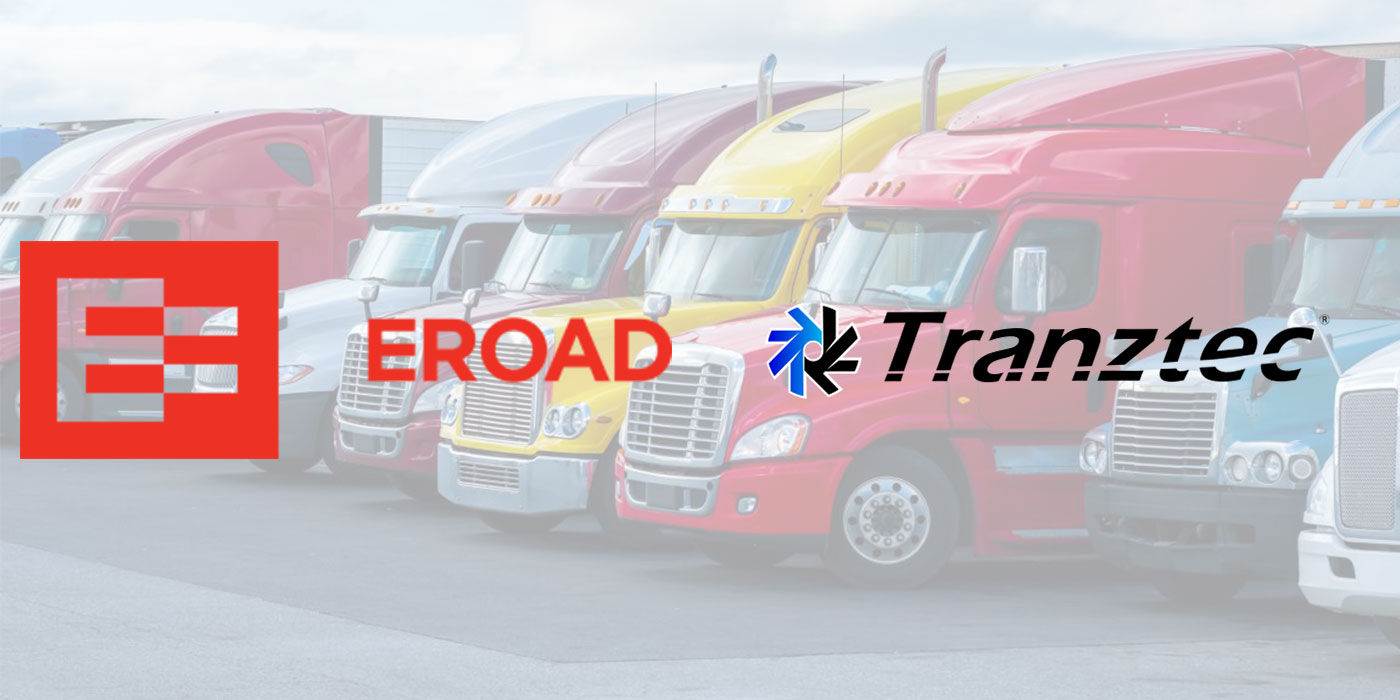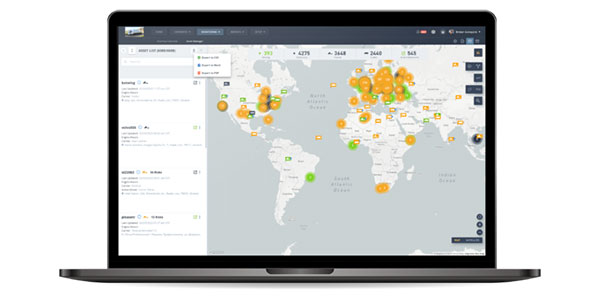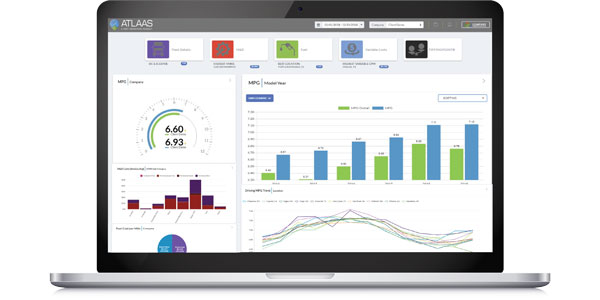It was probably no surprise to anyone in the trucking business when the U.S. Department of Energy announced in mid-September the 10th consecutive weekly rise in the price of diesel fuel. The cost of trucking’s primary fuel, now above $4 per gallon for the first time in three months, had risen more than 48 cents per gallon in 10 weeks and was at its highest point since mid-April.
For fleets, the need to manage fuel use and costs has never been more critical. At the same time, information management solutions have never before provided such an opportunity to address that challenge.
One fuel cost issue facing many truckload carriers is the need for a method to accurately analyze fuel surcharges. At deBoer Transportation, which operates 450 tractors, this issue came to light when shippers began demanding that surcharges only cover the actual cost of fuel used when transporting a shipment. Additionally, each customer had its own understanding of what those costs would include, creating variable and inconsistent fuel surcharge schedules for the carrier to manage.
“There was nothing consistent about the process,” related Roger Placzek, vice president of sales and pricing at deBoer. “For every customer, we were calculating fuel surcharges manually to make sure the charges covered only the cost of fuel. Without a tool for managing this accurately and consistently, the freight rate had to absorb more of the cost because the fuel surcharge didn’t cover the cost of fuel for a shipment. That could mean turning a profit into a loss.”
deBoer, which has been utilizing the Truckload Cost Information System (TL/CIS) from Transportation Costing Group (TCG) since 2005, turned to TCG’s Fuel Surcharge and Fuel Cost Analysis reporting capabilities to resolve the issue. Today the carrier has in place a means of determining fuel costs for every load based on a number of factors, including total, loaded, empty and out of route mileage, the cost of fuel in specific markets, and special services.
The TCG program enables deBoer to create unique fuel cost profiles for customers, and evaluate fuel surcharges in particular lanes. While deBoer’s customers now agree with the fuel surcharges because the carrier can provide a consistent and accurate analysis of those costs, the data also indicates if non-compensated miles are impacting the profit margin on each individual haul.
Technology also can address the challenge of accurately auditing fuel used in vehicles. The Blue Tree Systems Fuel Auditor, from the provider of the R:COM Fleet Management Solution, has been successfully evaluated by TransAm in its 1,400-truck fleet, and is now available from the company.
Fuel Auditor uses fuel usage data provided by R:COM to compare the amount of fuel used by each truck to the amount purchased. Fuel purchase data can be imported from electronic fuel cards, on-site pumps, or typed in manually from receipts. Any discrepancies, including an exact time window and location, are immediately highlighted. Fuel Auditor also constantly monitors fuel tank levels to detect fills and extractions, and has the ability to map the location of a fuel level change.
Accurate fuel usage data also enables smart purchasing decisions. Solutions like IDSC ExpertFuel from TMW Systems, for example, combine optimization algorithms with routing technology and daily diesel fuel pricing to provide options to reduce fuel costs. Included are automatically sending fueling plans and routes to drivers and monitoring compliance, as well as leveraging buying power for better discounts from fuel providers.
David Freymiller, president and CEO of Freymiller Inc., invested in IDSC ExpertFuel to help manage fuel expenses for approximately 300 trucks. Freymiller now reports very substantial savings on a regular basis from its use. “We thought we did a pretty good job managing fuel costs, but you don’t know until you the see the difference,” he says. “There is always room for improvement, and you can never be satisfied that you are doing enough in this business.”













